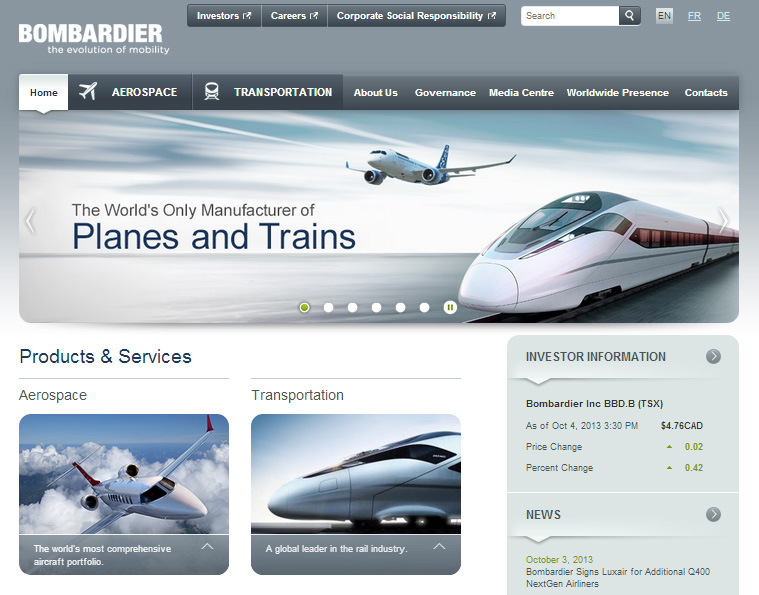I was fortunate to have an unreal group of individuals to work alongside during Comm 296. Although I was initially quite apprehensive about working in groups due to the negative stories I had heard from a few Sauder alumni, it has been a positive and transferable learning experience.
Throughout the marketing plan assignments I was pushed to apply theoretical knowledge in a practical and challenging manner. One of my largest struggles came during the first assignment. I volunteered to compile the report and I found it tremendously difficult to stay within word count, maintain a consistent and logical flow, and create a seamless document without any missing information. My style of writing is far from congruent with that of my team members and there were definitely some differing opinions. However, in the end we were able to submit a document that we are collectively proud of.
As an avid filmmaker, I was especially excited to see the video project as part of the course curriculum. Due to my past experience, I knew that 10% of a final grade would not be worth the effort needed to create an interesting 7 minute video. However, I made the decision to use the gained intrinsic value as motivation to do my best. I knew that the true reward of the project would not be the grade, but the experience. Therefore, instead of just doing all the shooting and editing myself, I attempted to share whatever skills I could with my group by encouraging active participation. I wanted to create something that my group members and I could show future employers with pride and I wanted my teammates to learn how to produce films as well. Knowing that my peers would be evaluating the video certainly pushed me to make it as memorable and enjoyable as possible.
The marketing plan assignment was altogether a good experience. I now feel more confident in a group setting and I have increased my ability to research information and write a comprehensive marketing plan.










